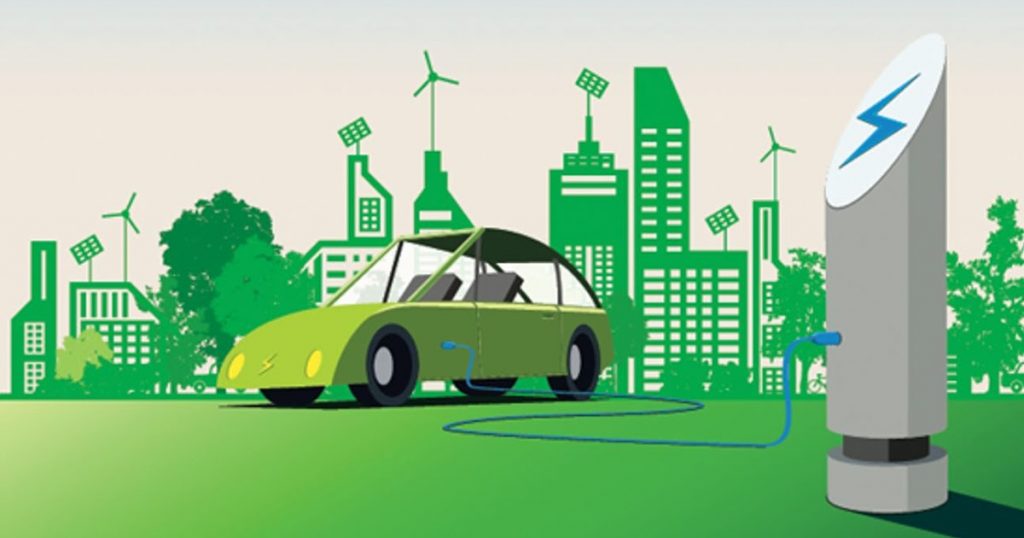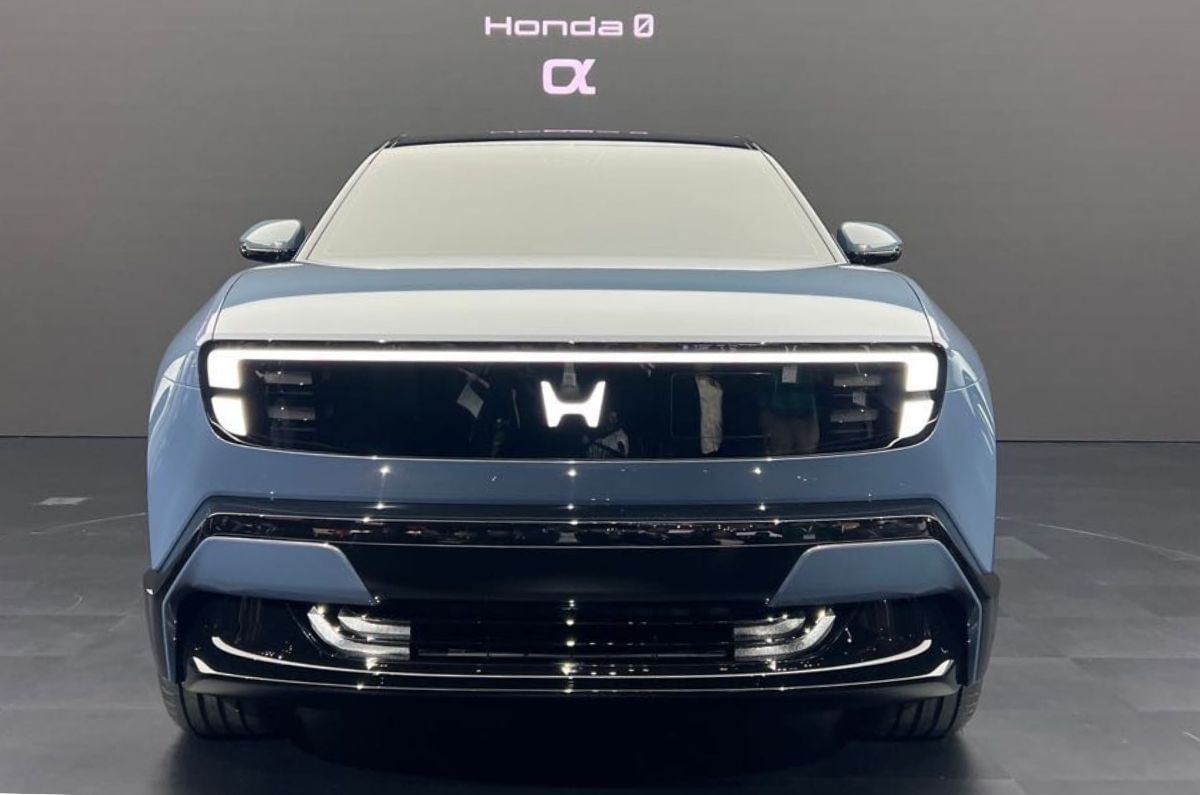The 4Fs of the EV revolution in India: Basics, Components, Outlook, and Investment
The 4Fs of the EV revolution in India: Basics, Components, Outlook, and Investment
The electric vehicle (EV) revolution has taken the world by storm, with many countries pledging to phase out internal combustion engines and transition to cleaner, greener, and more sustainable modes of transportation. India, too, has set its sights on becoming a major player in the EV space, and there are four key factors driving this revolution: Fundamentals, Factors, Future, and Funding.
Basics:
The basics of the EV revolution in India are based on the country's rapidly growing demand for transportation and the need to reduce pollution and greenhouse gas emissions. India is the world's fourth-largest carbon emitter and suffers from severe air pollution in many of its cities. EVs offer a way to address both of these issues simultaneously.
Components:
Several components are driving the EV revolution in India, including the government's push to reduce oil imports and achieve energy security, the falling costs of EV batteries and components, and the growing awareness among consumers about the benefits of EVs. The government has set a target of achieving 30% electric mobility by 2030, and several Indian states have launched ambitious EV policies and incentives.
Outlook:
The outlook for the EV revolution in India is bright, with projections suggesting that the country could have up to 25% of all new vehicles sold as EVs by 2030. This would represent a significant shift from the current market, where EVs account for less than 1% of total vehicle sales. EVs offer a range of benefits, including lower fuel costs, reduced maintenance, and environmental sustainability, which make them an attractive option for consumers.
Investment:
Investment is crucial to support the growth of the EV market in India, and the government has launched several initiatives to attract investments into the sector. These include incentives for EV manufacturers and charging infrastructure providers, tax breaks, and subsidies for EV buyers. Private players are also stepping up to invest in the sector, with many startups and established companies launching EV models and setting up charging infrastructure across the country.
In conclusion, the EV revolution in India is driven by a combination of fundamentals, factors, future, and funding. As the country seeks to achieve its energy and environmental goals, the EV market is poised for explosive growth in the coming years. With the government and private players working together to create an enabling environment for the sector, India is on track to become a global leader in the EV space.



Post a Comment